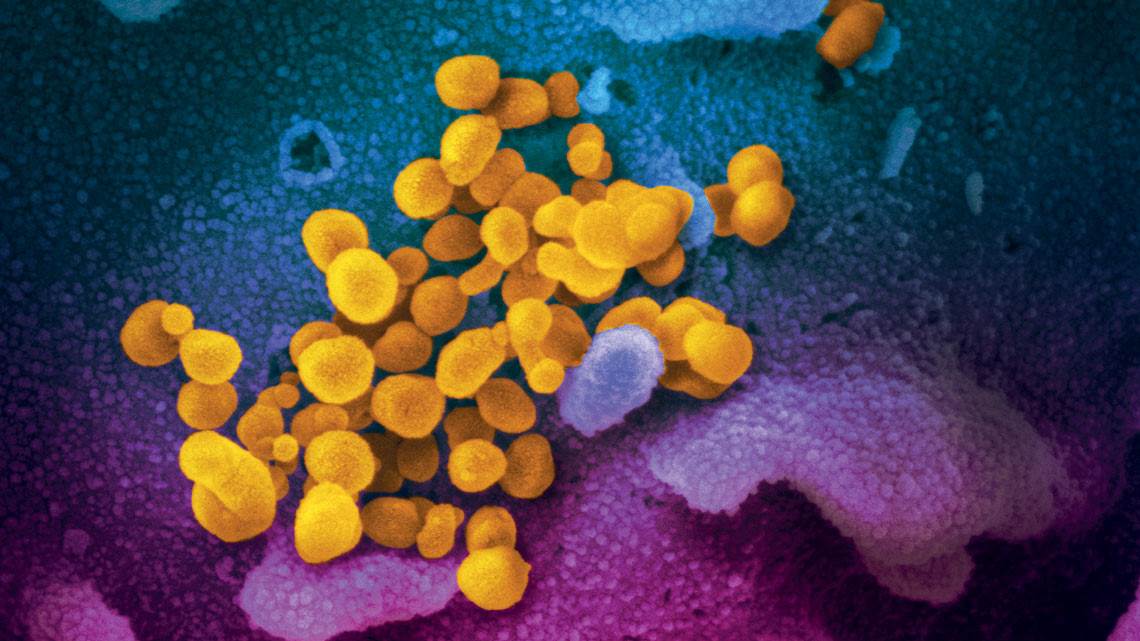Japanese scientists have identified a cellular change induced by SARS-CoV-2 that may explain why some people continue to exhibit symptoms of the disease even after the virus has become undetectable. In laboratory experiments, a group coordinated by Eiji Hara, a microbiologist from Osaka University, discovered that the damage caused by the novel coronavirus is not limited to the infected cell. Once inside the cell, the virus stimulates the production of signaling molecules (cytokines) that migrate to neighboring uninfected cells and change how they function. In these nearby cells, the cytokines trigger a cellular aging process known as senescence. The cells do not die immediately, but they begin producing high volumes of inflammatory compounds. The researchers observed the effect in cells grown in the lab and in the lung cells of people with prolonged symptoms of COVID-19 (Nature Aging, January 25).
RepublishCOVID-19
Long-term damage to the surroundings

Copies of the novel coronavirus (yellow) emerge from the cell surface
National Institute of Allergy and Infectious Diseases / Rocky Mountain Laboratories / NIH